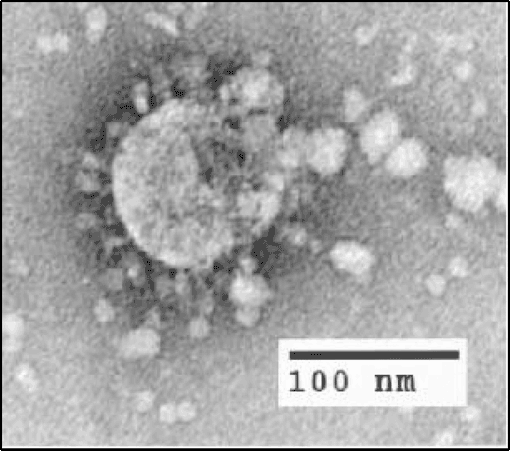Tackling the Reduction in Airborne Transmission of the SARS-CoV-2 Virus in Mechanical Systems
- Fitzemeyer & Tocci

- Apr 8, 2020
- 2 min read
In May 2018, Fitzemeyer & Tocci published a guide entitled, Infrastructure Design for Reduced Patient Readmissions. At the time, the focus of this guide was to provide the healthcare industry with recommendations, insight, best practices, and examples illustrating how certain investments in infrastructure can help to reduce avoidable patient readmission including methods to reduce airborne-mediated infections. We have revisited those recommendations considering the current COVID-19 crisis, and, as it pertains to reducing the spread of the SARS-CoV-2 virus through mechanical air handling systems.
The facts:
The SARS-CoV-2 virus measures 0.07-0.09 microns. (Source: NIH)

Fluid droplets from the cough or sneeze of an infected patient are typically 5 microns or larger. (Source: New England Complex Systems Institute)
HEPA filtration found in air handling systems filters particles 0.3 microns and larger.
The impact:
HEPA filtration will capture SARS virus particles when attached to fluid droplets; however, it cannot be expected to capture unattached virus particles.
The facts:
It takes up to 6 minutes of constant UVC light exposure to render most SARS-CoV-2 virus particles inactive. (Source: Journal of Virological Methods, 2004)
The impact:
SARS virus particles traveling in a fast-moving airstream through UVC light will have insufficient exposure time to the UVC light to be fully destroyed.
The most significant take-away here is that while high-efficiency filtration and UVC light disinfection used in air handling systems would likely reduce some active SARS virus particles in an airstream, the best way to protect the interior hospital environment is to keep the viral particles out of the airstream altogether. Long-understood airflow management techniques such as room negative pressurization and 100% outside air (once-through) systems with isolated exhaust discharge appear the most effective way to maintain indoor air quality and reduce exposure of both patients and healthcare staff to the SARS-CoV-2 virus.
Written by:
Thomas Tsaros, PE Terence Boland, PE
Energy & Infrastructure Principal & Mechanical
Service Leader Engineering Manager








Comments